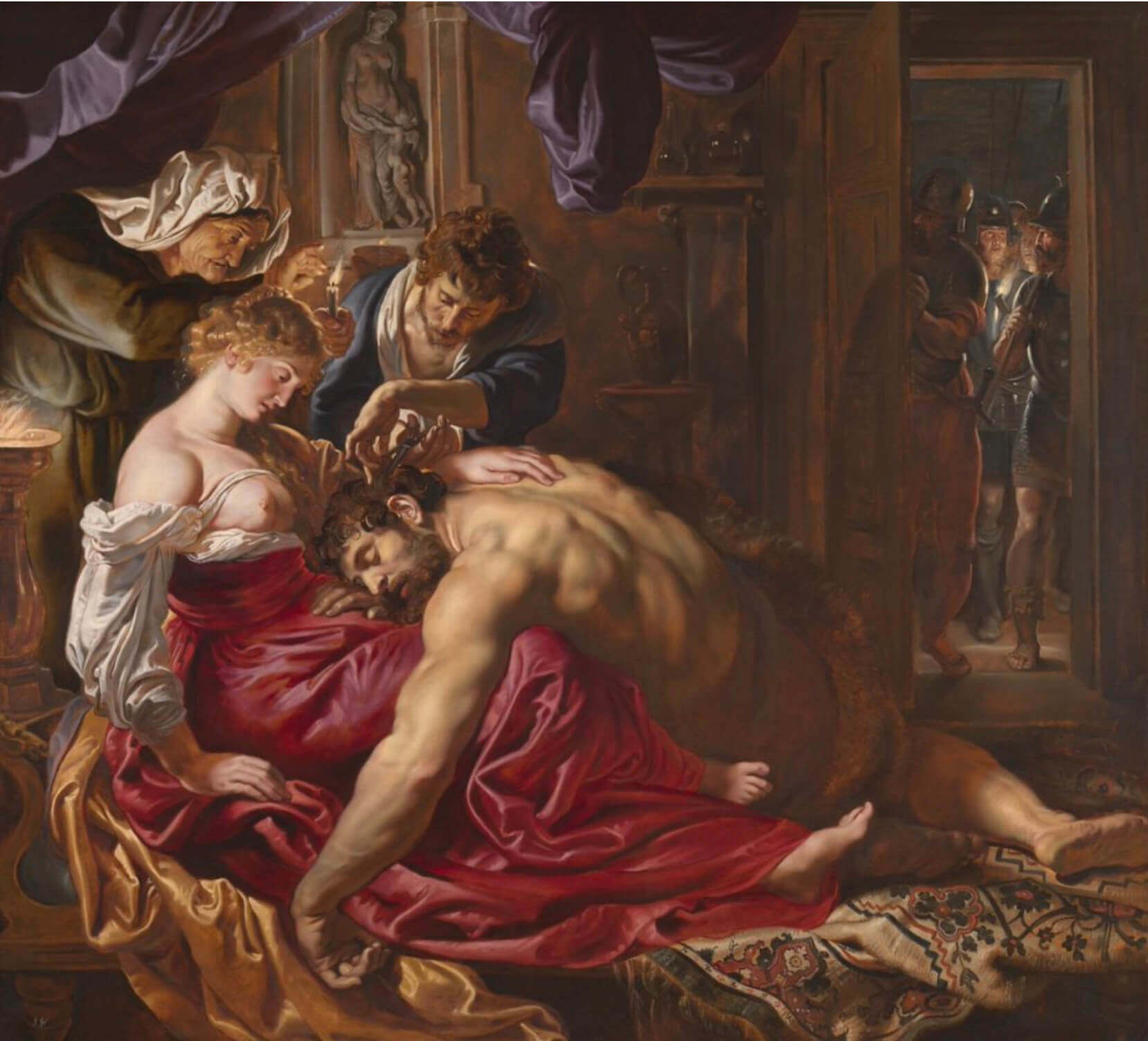29 September 2021
“SAMSON AND DELILAH” DEEMED INAUTHENTIC

Using artificial intelligence, the National Gallery of Art, London’s Samson and Delilah has been pronounced a fake Peter Paul Rubens, according to The Guardian. Doubt has been cast on the painting’s authenticity for years. Several art historians have pointed out discrepancies between the National Gallery’s painting and the preliminary oil sketch for the original at the Cincinnati Museum of Art. Many have argued that the National Gallery’s version of Samson and Delilah only came to light in the 1930s.
The artificial intelligence technology used to analyze the painting’s authenticity compared Samson and Delilah with over one hundred paintings whose attribution to Rubens is universally-accepted. The result was an overwhelming probability—about 92%--that the National Gallery’s Samson and Delilah is not by Peter Paul Rubens.

Rubens, Samson and Delilah (circa 1609-10) oil on wood, 185 x 205 cm, National Gallery of Art, London.
Samson and Delilah can be seen in the background of Banquet of the House of the Burgomaster Rockox (ca. 1630-35) a painting by Frans Francken the Younger at the Bayerische Staatsgemäldesammlung, Alte Pinakothek, Munich.
Samson and Delilah was commissioned from Rubens by the Lord Mayor of Antwerp, Nicolaas II Rockox. It was designed to be viewed above a fireplace. After Rockox died in 1640, the painting disappeared. Many art historians believe the present National Gallery version of Samson and Delilah was a substitute for the missing, authentic, original Rubens Samson and Delilah.’
When the National Gallery’s painting was sold in 1700 it was attributed to Jan van den Hoecke, not Peter Paul Rubens. The painting has also been attributed to Gerald van Honthorst. Samson and Delilah was bought by the National Gallery, London for about $5 million in 1982.
